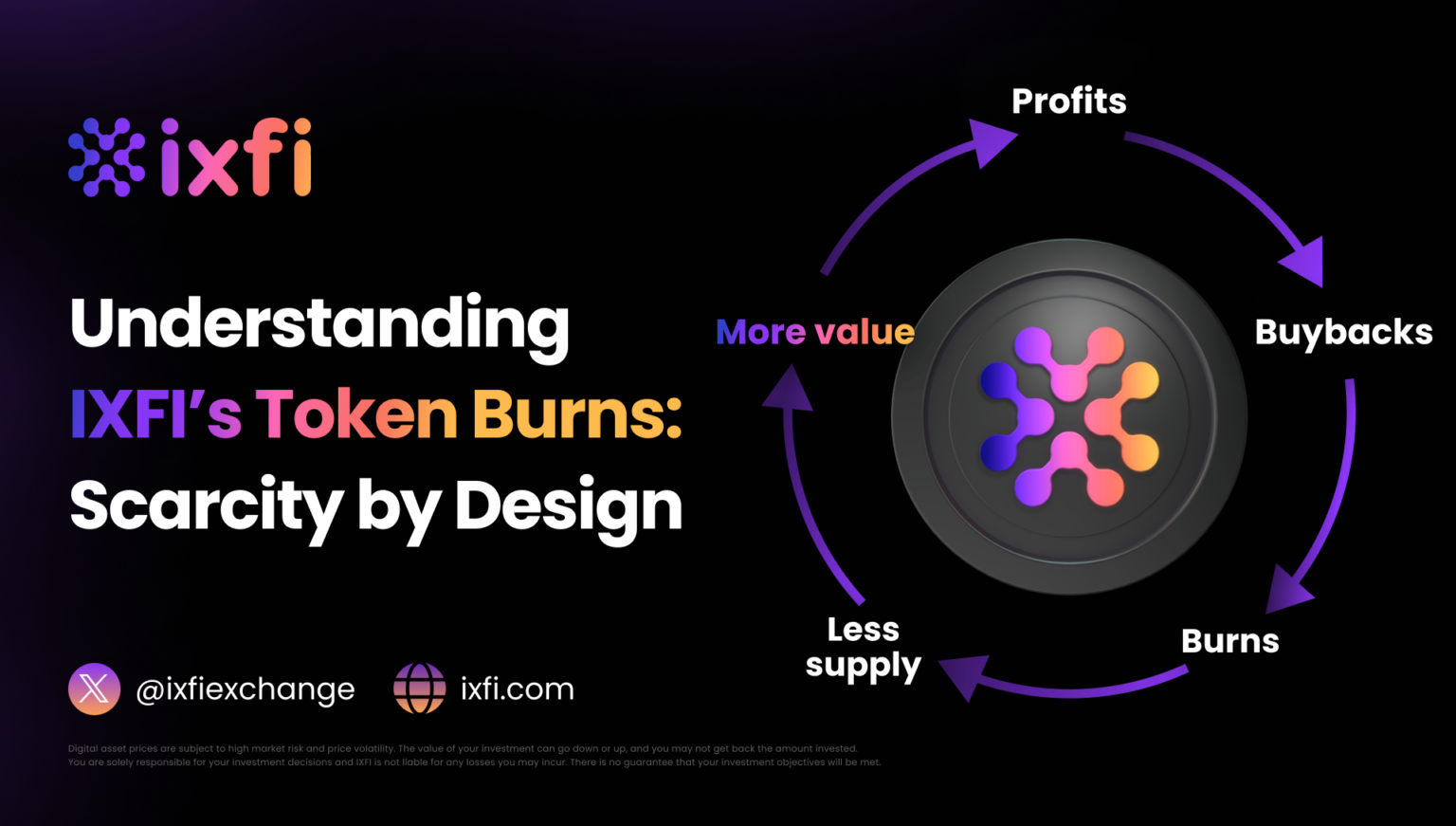The first thing people do when they own cash, credit, or debit cards is to buy a wallet to store them all in a safer place. If they mostly own cash, they would probably get a bigger wallet which would be able to carry many banknotes, change, and the cards they need. If they use credit and debit cards most of the time, they would get a smaller wallet with several compartments to have all their cards as organized as possible.
The situation is similar in many aspects when it comes to crypto wallets: it is a must-have and you choose the one that best suits your needs.
As the name suggests, a crypto wallet is a place where you can store your cryptocurrencies, but, unlike the traditional wallet, the crypto one provides you with more possibilities. But before getting to that, it’s necessary to understand how it works.
The two main components of a crypto wallet are the public key and the private key. The public key is the wallet’s address and it’s used to transfer cryptocurrency to your wallet. It’s like your bank account number. The private key, however, acts like a PIN code and should remain secret. It gives you the ability to access the cryptocurrency you own and to make transactions. You can create as many private keys as you need using a series of 12, 18, or 24 words called the seed phrase. This is established when you create your wallet and it’s similar to a password.
Before choosing what type of crypto wallet is the best for you, you should keep in mind several aspects such as your goal in the crypto world, your financial possibilities, what cryptocurrency you want to invest in, how safe you want your wallet to be, and how responsible you can be with your private key. To make this decision easier for you, we have listed down below the various types and what characterizes them.
Types of crypto wallets
First of all, you have to decide if a hot or a cold wallet best suits you. Hot wallets, also known as software wallets, are the ones that require an internet connection in order to make a transaction. They are free of cost and user-friendly, so they are used by those who want their transactions to be quick and effortless. This is their biggest advantage. The disadvantage is that, because an internet connection is needed, they are more vulnerable to cyberattacks. But this can be avoided if you follow this recommendation: don’t store large amounts of cryptocurrency in your hot wallet so that hackers don’t take interest in it. In this case, less is more.
The most used hot wallets are Coinbase, Exodus, Mycelium, and Electrum.
Coinbase is considered a good online platform for beginners. It’s easy to set up, it supports over 10 coins and tokens, and its interface is easy to use.
Exodus is also a good option for beginners. It’s designed for desktop users, it supports over 140 coins and tokens, and it has 24/7 chat support.
Mycelium is one of the oldest crypto wallets on the market. It’s specifically designed for mobile users, making the transactions very convenient for busy people, but it supports fewer coins and tokens than Coinbase.
Electrum is generally recommended for advanced users. It only supports bitcoins, but it’s highly appraised for being the most secure hot wallet out there.
Cold wallets are the safer option when it comes to cyberattacks. Since these wallets are not connected to the internet at all, there is no way someone can hack the system. Remember the seed phrase mentioned earlier? That’s the only way you can recover your cryptocurrency if you lose your cold wallet. But if you are responsible enough to avoid this, there are numerous advantages that outweigh the disadvantages.
In contrast to hot wallets, which operate as apps or online platforms, you physically own a cold wallet. You can choose between a paper wallet or a hardware wallet, although the latter is generally recommended. Paper wallets have numerous drawbacks. They can be illegible due to printer issues, the private key is printed on them, they can become damaged over time, and they are no longer very safe after the first transaction.
Hardware wallets are the better option if you want to keep your key offline. Long-term holders prefer this type of wallet to store large amounts of cryptocurrencies. They resemble a USB stick, their design is very minimalistic, and you cannot connect it to the internet, making the hacking process impossible. In order to sign a transaction with your private key, you connect your hardware wallet to a laptop, where a special program is installed for the more complicated aspects of the transaction. Your device receives the transaction via the program, signs it, and transfers the signed transaction to the program again. This process is not so fast and convenient compared to the online ones, but it’s the safer way since the private key never leaves the cold wallet. So if you can afford to buy such a device and security is essential for you, choosing a hardware wallet can be a good option.
The most used cold wallets are Ledger Nano, Trezor, and KeepKey.
Ledger Nano has a cheaper and a more expensive version, Ledger Nano S and Ledger Nano X respectively. The private key stored in them is secured with a PIN number and you also have to set up a 24-word seed phrase. They support over 1800 coins and tokens and the main difference between the two is that the X version has a bigger screen and it has the option of Bluetooth connectivity.
Trezor is similar to the Ledger wallet in that both are secured with a PIN number and a 24-word seed phrase. Even if it’s more expensive than Ledger, it supports around 1800 coins and tokens as well. There are also two models of Trezor, Trezor One and Trezor T, the latter having a bigger and full-colour touchscreen.
KeepKey is a more affordable cold wallet, but its main disadvantages are that it supports only 40 coins and tokens, and it’s heavier due to its wide screen. When it comes to safety, it’s as secure as the first two wallets are.
If you’re still not sure what wallet to choose, keep in mind that you can always have both hot and cold wallets. This way you can manage your cryptocurrencies more efficiently. At this point, you have to consider one more aspect before setting up your wallet: who owns the crypto.
Crypto custody
Technically speaking, cryptocurrencies are owned by the blockchain, so you don’t have coins stored in your wallets. It’s the private key that dictates who can have access to them, so crypto custody depends on who owns the private key. You may think it’s only you who owns it, but there are three types of custody.
1. Firstly, you can choose a non-custodial wallet, also known as self-custodial, which means that only you know the private key, and, consequently, only you have access to your cryptocurrencies. This type requires a lot of responsibility on your part because if you lose your key, there are very slim chances that you can recover it. Non-custodial wallets can be either web-based or completely offline, and some examples are Coinbase, Exodus, Mycelium, Ledger, and Trezor.
2. Secondly, there is the option of partial custody or joint custody. This enables you to share your responsibilities with another person that you trust. This is usually done as a multi-signature wallet, where there are multiple (at least two) individuals with a private key each. So in order for a transaction to be successful, all holders, or the majority of holders, have to sign it with their keys. You can create such a wallet on platforms like Electrum (for Bitcoin) and Gnosis Safe (for Ether).
3. Thirdly, you can opt for third-party custody. In this case, the third party has access to your private key, and this is considered very convenient for those who don’t want to manage their assets on their own. This gives you the possibility to recover the private key and, implicitly, your crypto, if you lose it, but there is also the possibility of theft since human nature is corrupt. Crypto custodians include exchanges, but also other platforms such as Gemini Custody, BitGo, and Paxos, which offer different kinds of insurance.
IF you’re a beginner, you should be able to use this information to reach a decision best suited for your needs. Just don’t forget that convenience and security are the key aspects when choosing a crypto wallet.
There are plenty of options, so make your choice and happy trading.
Disclaimer: The content of this article is not investment advice and does not constitute an offer or solicitation to offer or recommendation of any investment product. It is for general purposes only and does not take into account your individual needs, investment objectives and specific financial and fiscal circumstances.
Although the material contained in this article was prepared based on information from public and private sources that IXFI believes to be reliable, no representation, warranty or undertaking, stated or implied, is given as to the accuracy of the information contained herein, and IXFI expressly disclaims any liability for the accuracy and completeness of the information contained in this article.
Investment involves risk; any ideas or strategies discussed herein should therefore not be undertaken by any individual without prior consultation with a financial professional for the purpose of assessing whether the ideas or strategies that are discussed are suitable to you based on your own personal financial and fiscal objectives, needs and risk tolerance. IXFI expressly disclaims any liability or loss incurred by any person who acts on the information, ideas or strategies discussed herein.



